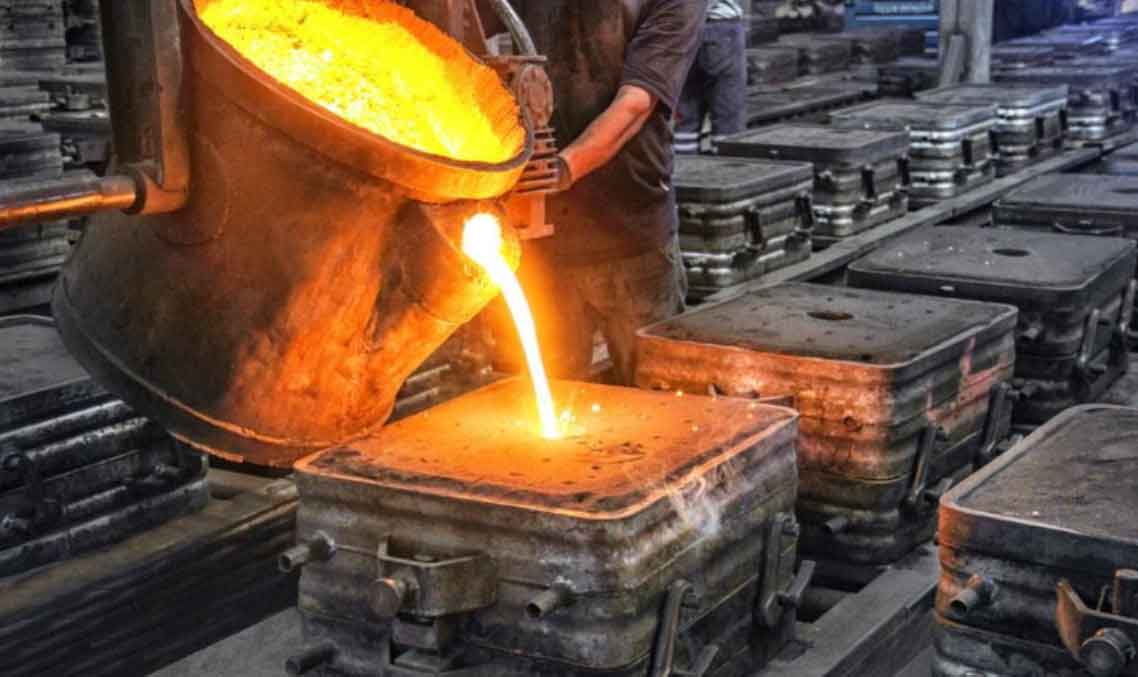
Collaboration between customers and sand casting manufacturers is essential for delivering tailored solutions that meet specific requirements and address unique challenges. Customization allows manufacturers to produce castings that precisely match the customer’s needs, resulting in improved performance, reduced waste, and increased customer satisfaction. Here’s how collaboration leads to tailored solutions in sand casting:
1. Understanding Customer Requirements:
- The collaboration begins with a thorough understanding of the customer’s requirements, including the application, performance expectations, material preferences, and desired casting features. Effective communication and in-depth discussions help the manufacturer gain insights into the customer’s needs.
2. Design Optimization for Manufacturability:
- Working together, the customer and the sand casting manufacturer can optimize the design for manufacturability. The manufacturer can provide valuable input on the casting process, suggesting changes that improve manufacturability without compromising functionality.
3. Material Selection:
- Based on the customer’s requirements and budget, the manufacturer can recommend the most suitable materials for the casting. This involves considering mechanical properties, corrosion resistance, weight, and cost-effectiveness.
4. Prototype Development:
- Collaboratively developing prototypes allows the customer to evaluate the design and performance before full-scale production. Iterative prototyping enables adjustments and improvements to be made early in the process.
5. Casting Simulation and Optimization:
- The manufacturer can use casting simulation software to analyze and optimize the casting process. This helps identify potential defects, optimize gating and risering designs, and ensure the best possible casting outcome.
6. Quality Control and Inspection:
- Both parties work together to define the quality standards and inspection criteria for the castings. Regular inspections during production and testing after casting ensure that the final product meets the agreed-upon specifications.
7. Continuous Improvement:
- Collaborative relationships foster a culture of continuous improvement. Manufacturers can use customer feedback to enhance their processes, provide better solutions, and refine their capabilities for future projects.
8. Post-Sales Support and Feedback Loop:
- After the castings are delivered, the collaboration does not end. A feedback loop allows the customer to provide valuable insights on the castings’ performance, and the manufacturer can offer post-sales support and assistance as needed.
9. Flexibility and Adaptability:
- Collaboration allows both parties to be flexible and adaptable in responding to changes or new requirements during the project. Manufacturers can adjust processes or suggest alternative solutions to meet evolving needs.
10. Long-Term Partnerships:
- A successful collaboration often leads to long-term partnerships between customers and manufacturers. Long-term relationships enable manufacturers to better understand the customer’s evolving needs and deliver continuous value.
By fostering a collaborative approach, sand casting manufacturers can deliver custom-tailored solutions that precisely meet the customer’s requirements, resulting in enhanced performance, cost-effectiveness, and overall customer satisfaction. Effective collaboration sets the stage for successful outcomes and builds trust between the customer and the manufacturer.
